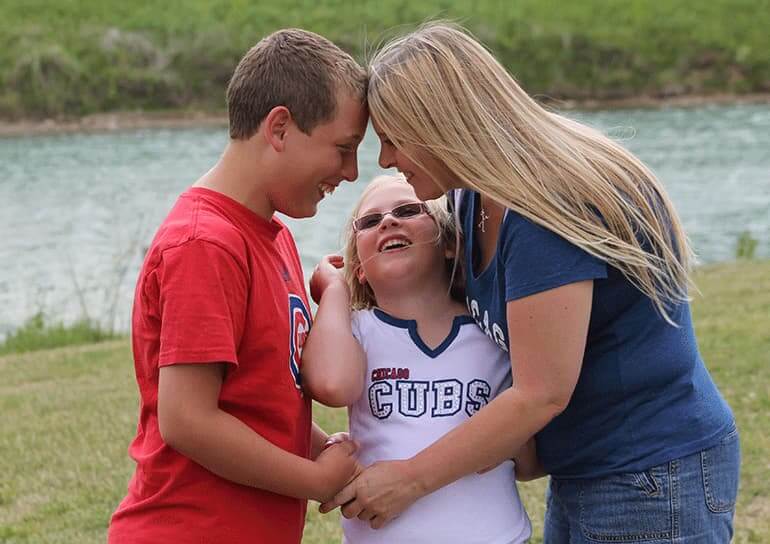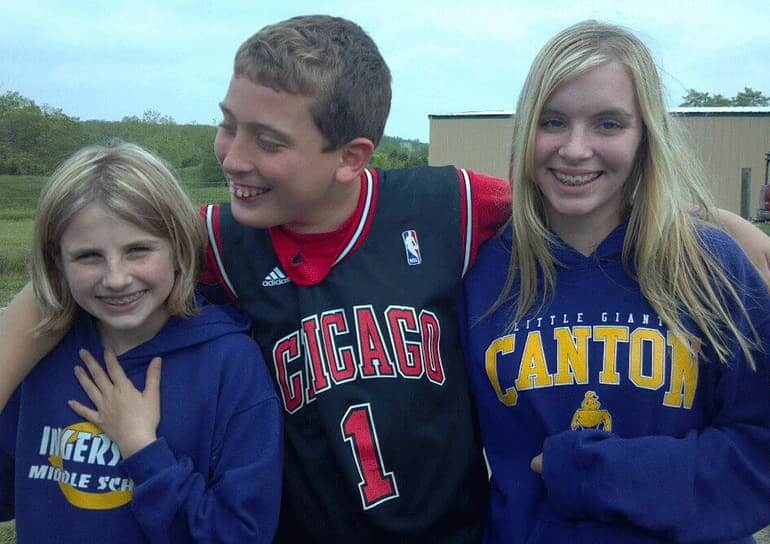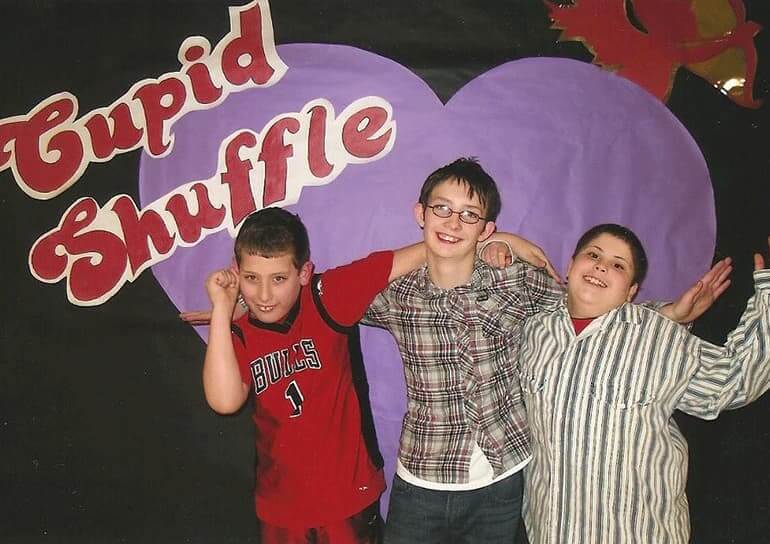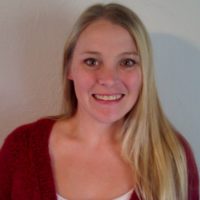By Holly Usrey-Roos
It’s hard to believe it’s been more than nine years since Parker and Allison were diagnosed with Fragile X syndrome. It’s harder to believe there was a time when my family and friends didn’t know what FXS or a Fragile X-associated disorder was — and neither did I. And, it’s hard to remember what it felt like to be completely unaware of this amazing world that we are now a part of.
Don’t get me wrong, there will always be a part of me that wishes I have no reason to know. But I do know. I know the meltdowns, the hyperarousal, speech delays, aggressions, cognitive impairments . . . and the innocence, humor, intelligence, understanding, compassion, and love . . . oh, the love. Within myself, I’ve discovered passion, determination, and hope.

Parker, Allison, and Holly.
The passion within is for a life outside myself, a chance for my children to experience, grow, and be independent. For this, I need Fragile X to be understood by everyone, not just in our own lives, but in the larger world as well.
A day doesn’t go by when my children don’t face challenges — even Allison, who is much less affected than Parker. For Parker, there are multiple challenges each day, each hour, and often each minute. I’ve been described as “determined” by many people over the past few years, but my determination pales in comparison to what my children put forth each day doing the things many take for granted.
And within it all, there is the hope. To me, hope is something that’s inside of me, like a wish — but one that can’t come true until I use my determination and passion to make it happen.
I had hoped that Parker would have friends, that he would do things with his peers. So, when he was in second grade I stood in front of his class (with a lump in my throat and huge tears streaming down my cheeks) and for the first time to a group of children said, “I want to tell you about Fragile X.” I did this for Parker, to explain for him the things he couldn’t. I had to do this for the other kids because they need to understand so they can cross the barrier to befriend the boy who can’t talk and who is given to hiding under his desk.
Together for the next hour we made lists on the chalkboard of things they liked. We went through each one, guessing which ones Parker likes and which ones he doesn’t. For the first time, they saw how much Parker is just like them. We also talked about why he’s different, and for each thing he didn’t like, I explained why.

Parker with two of his classmates.
I then asked, “Do you notice anything different about Parker?”
Although the looks in their eyes said yes, not a single hand was raised.
I let them know it’s OK to notice differences, it’s OK to ask about them, but it’s never OK to make fun of anyone for being different. I explained what FXS is, how you get it (and how you don’t), and how it affects both Parker and Allison.
I explained that, just like them, Parker wants friends. Then I told them how to be his friend. When I left that classroom, I left a group of remarkable children who would change my son’s life — and mine.
This was the start of many friendships that have lasted to this day. It was the start of a hope I could give to other parents through presentations and podcasts. Hope I can share, and a voice I can help them find.
With Allison by my side we talked to her class too, answering questions about her and Parker’s struggles. She faces the additional struggles of dealing with not only her own FXS but her brother’s too. Her friends need to understand how FXS affects Allison and how to accept and understand her brother. Each time I come to her class, it’s her choice to stay or not as I talk. My own hope is that I am not only building understanding of her brother and a syndrome that affects them both, but also helping her to become a self-advocate who will one day be her own strong voice and — possibly — a voice for her brother.
I still speak to Parker’s class each year, and continue to be amazed with this group and how they have helped Parker. They know and accept his differences and challenges, and they stand by his side to meet them head on. They have become his cheerleaders, his coaches, his tutors, his voice, his encouragement and — most importantly — his friends.

Parker at a school dance.
This year marked a new milestone for Parker and his friends: school dances.
His friends hoped he would go as much as I did. On the night of the first dance, he managed to make it to the school but not inside.
The second dance, we had pizza first with his friends, then he went inside and watched from the safety of the wall.
The third dance, pizza with friends and he stood on the dance floor.
By the fourth dance, he was begging to go, and after pizza, I watched as he and his friends went off to the school full of excitement. At the end of the night I was greeted by Parker and his very excited friends — all of whom couldn’t wait to tell me that not only did Parker dance, but he danced with a girl! A sweet and beautiful girl who has been his friend over many years, coming to birthday parties, helping him at school. On this night, she extended her kindness and friendship and danced with my son in front of all their friends. That night as I tucked Parker in bed, tears streamed down my cheeks as I realized . . . We did it, we got him to a point I had only hoped he would reach.
Hope never goes away. I can’t predict the future — but I can hope. Passion and determination have helped make that hope our reality. Which is why I don’t just hope things will be better — I know they will.
author

Holly Usrey-Roos
Holly has a son and a daughter with Fragile X syndrome. In 2006 she founded the Central Illinois chapter of the Community Support Network group to bring families together and raise awareness about Fragile X in the region. In 2010, Holly was the program assistant and later the program coordinator for the National Fragile X Foundation LINKS program, which was renamed Community Support Network in 2014.
Holly has been a speaker at several conferences, including the NFXF’s international conferences, on topics such as “Working with Your School,” “Media Relations,” “Fundraising,” and “How to Talk to Your Child’s Classmates About Fragile X.” The last of these was made into a podcast for the NFXF.

